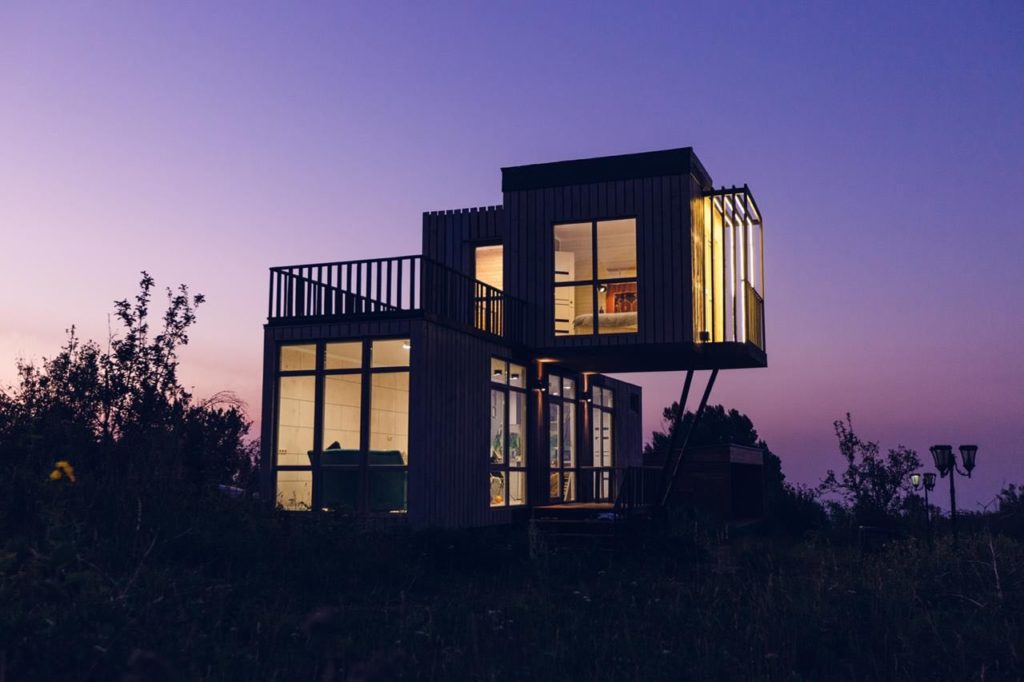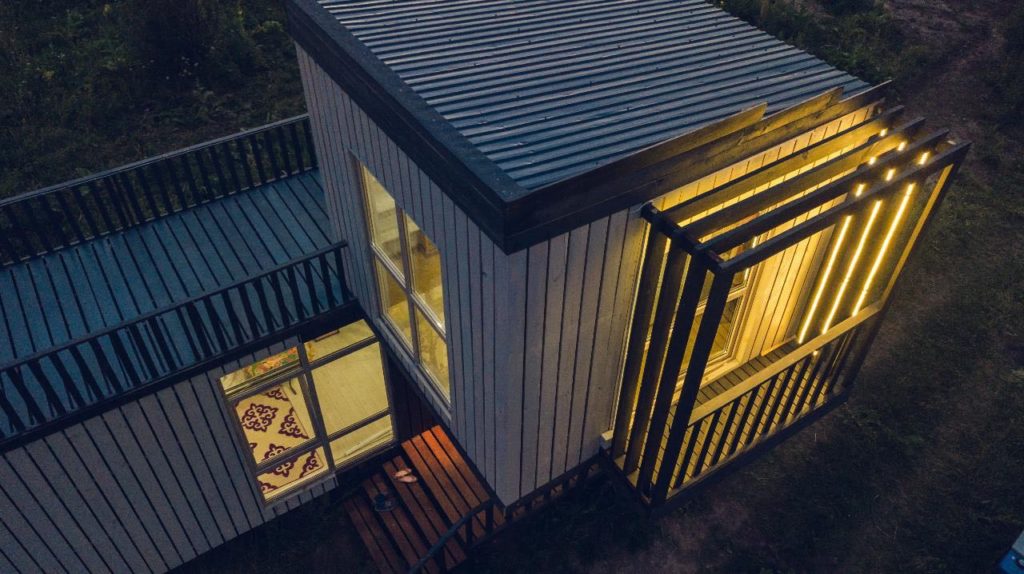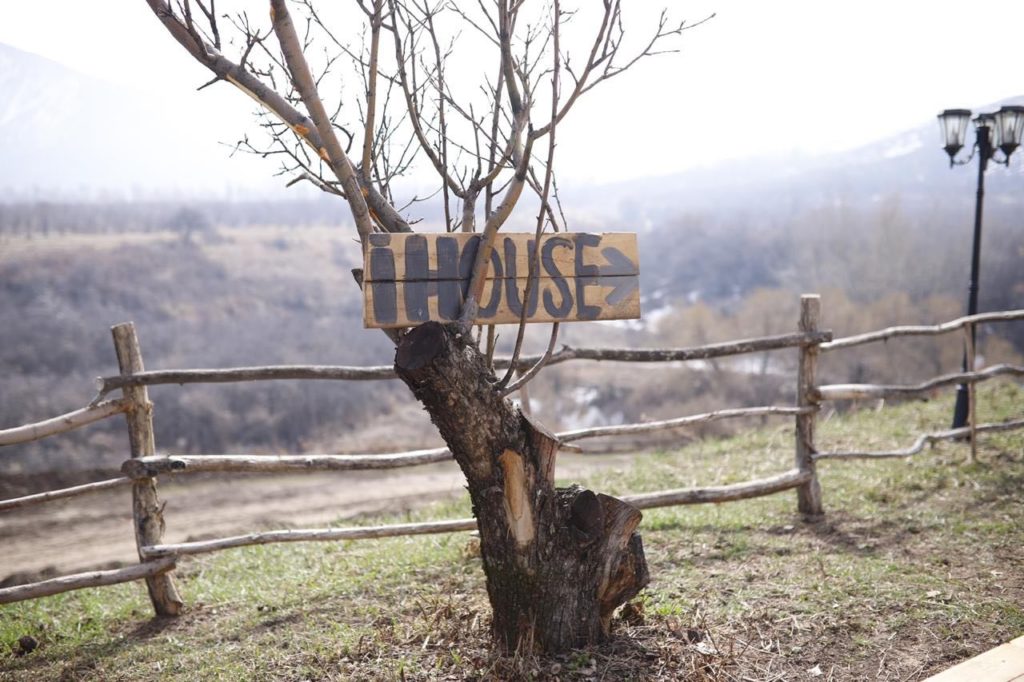NUR-SULTAN – The tiny house movement has reached the world’s largest landlocked country, enabling inhabitants of homes under 100 square metres to lead simpler lives.
Although home sizes tend to grow with higher incomes, iHouse Almaty Founder Dinara Zhashibekova finds that true luxury is finding “a quiet spot where you can rest your mind, body and soul without the necessity of maintenance, paying off your mortgage for many years and stressing out about it.”
Zhashibekova was initiated into the construction of smaller homes in 2013 when she came across prefabricated homes, manufactured off-site in advance for easy shipping and assembling.
“That clicked with me. It is something that I had always been interested in, since the time when my husband and I built our first home in the early 2000s. Within the next six months, things happened pretty quickly. I opened a company, went to Moscow and bought the franchise for the construction idea, which is a structural insulated panelling business,” she said.
Her company built several houses in Almaty’s Nauryzbay District and the nearby town of Kaskelen before Kazakhstan’s 2014 currency devaluation hit Happy Home Construction hard and left it bankrupt. Passionate about stylish, simple and functional homes and even more determined to realise her ideas, she found the resources to build her first container house in 2017.
“I was not planning iHouse Almaty as a rental business, that happened on its own,” she said on how her degree in hotel and restaurant management was unexpectedly put to use. “I just had it as a demo house to show people that you can live with 25-40 square metres but in a beautiful place and that you could actually have something for less money but with better build quality and materials. My idea for a tiny home was that you could have your space and, when you need to, you can close it down to leave and travel.”
Mirroring Zhashibekova’s journey, the movement for tiny houses gained popularity in the United States following the 2008 financial crisis. Built to last as long as traditional houses and with similar building techniques and materials, smaller homes are distinct in emphasising design, such as multi-functionality, over size.
“The whole idea behind tiny homes comes from the States,” the entrepreneur explained. “I guess people want to take out mortgages less and less. I really respect this turn of events, and I think it applies to people in Kazakhstan as well. It is much easier to make a house that is more than 200 square metres, but try living with 40 square metres and having everything you need while, at the same time, making it beautiful and having everything inside be functional in a way that you do not clutter your home and have a sleeping space, kitchen space and dining area.”
Netflix television series “Tiny House Nation” and “Tidying Up with Marie Kondo” have gained worldwide popularity by recognising the power of homes over people’s emotional state, shaping their social interactions and power dynamics.
“What I learned is that 40 square metres, or even less, is more than enough. You do not need much space to make you happy. You can be surrounded with your favourite things or maybe you can come to understand that you do not need to clutter your space with things you do not need, only keeping the essentials. You get to look inside yourself and spend time with people that you love,” she noted.
Working in the construction business, Zhashibekova observed that large homes are rarely built with function, energy efficiency or financial prudence in mind. More importantly, some people find that they lead happier lives in smaller spaces.
“Having lived in a house for 20 years now, I realised that it is becoming more and more difficult to visit people living in apartments,” she said on her personal housing preferences, noting that tiny houses are not suited for everyone. “To share my space with neighbours above, to the side and below me is unacceptable anymore. I think that the more hectic life becomes, the more space you need and the more time you want to spend in nature and close to the earth.”
Located 10 minutes away from the city in the microdistrict Zhailau, the tiny house rental business iHouse Almaty (@ihousealmaty on Instagram) has become a quick getaway destination from the restlessness of city life, where guests “can definitely expect to be surrounded by love and care, felt in every item and detail in the house.”
“I talk to almost each and every one of my guests,” said Zhashibekova. “Sometimes, I observe the way they arrive and leave. I see that their pace is slower, their look is more relaxed and their faces are lighter and brighter. There is no more tension in the way they look, and their movement becomes much softer.”
“I hear from my guests that (while living in iHouse Almaty) they decided to fix their relationship or realised this and that, that there is something that they do not need in life or that there is an important decision to take. I think that is amazing!” she added.
Zhashibekova is seeking out partners, investors and land owners to realise more tiny house projects in Kazakhstan.









